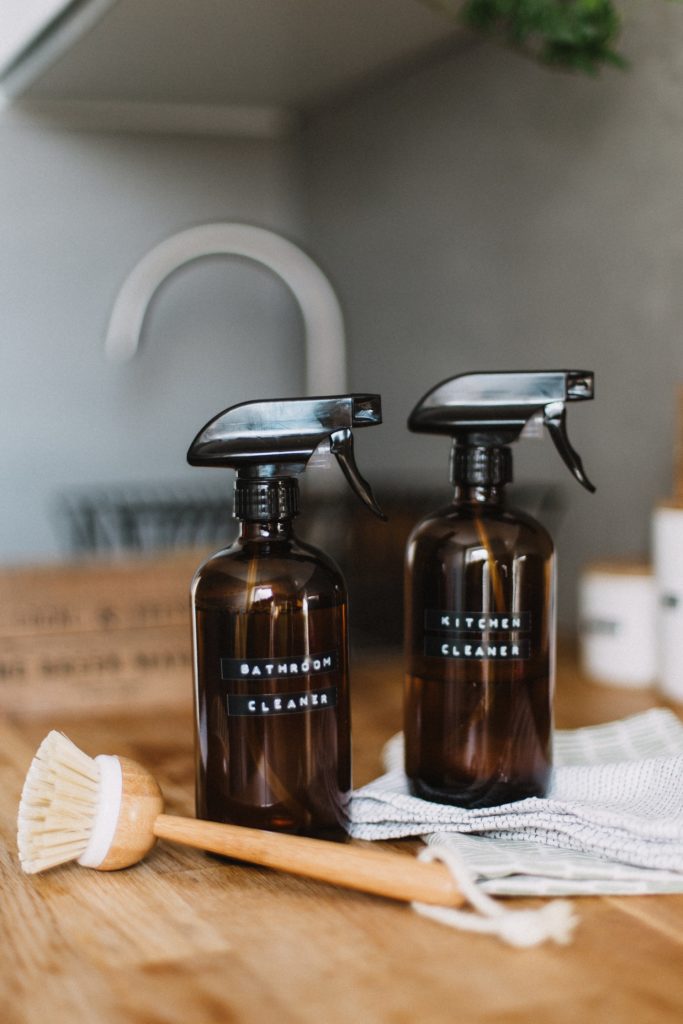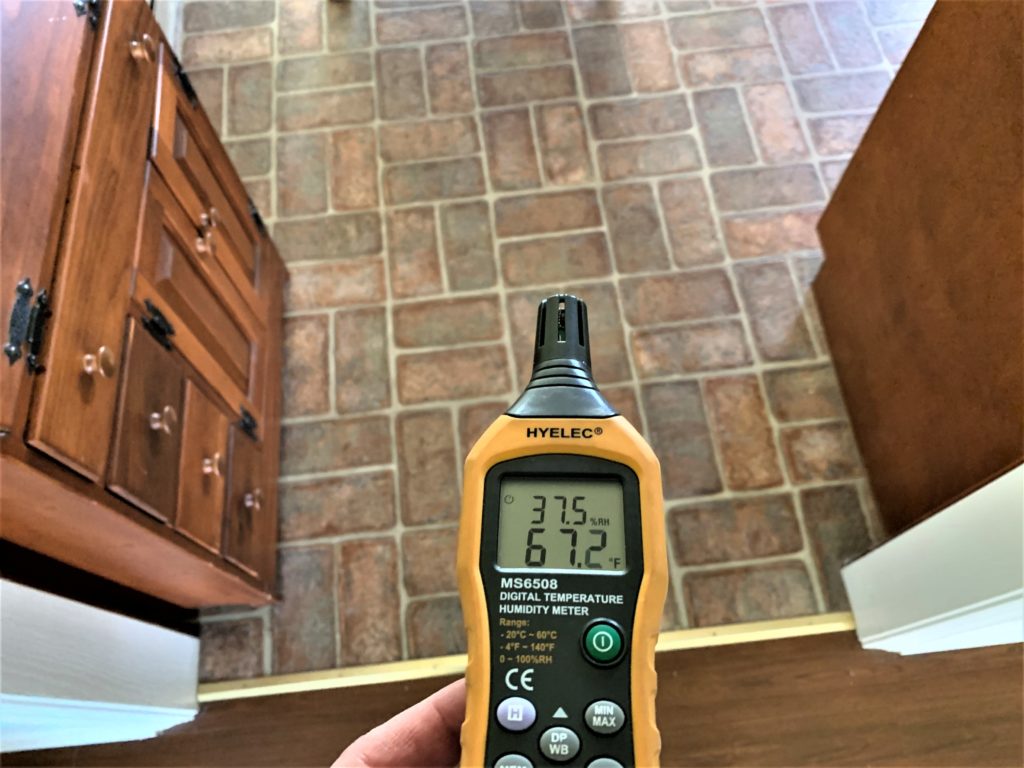With summer months right around the corner for Pennsylvania, New Jersey and Delaware, it is likely you will hear the phrase “it’s not the heat, it’s the humidity” in the not too distant future. When people say that, they often mean that in hot weather, the humidity plays a bigger part in making you uncomfortable than the degree on the thermometer. Bottomline, humidity is always the bad guy and the same rings true for mold growth in summer months. As mentioned last season (Mold Prevention Tips for the Spring Season), we are here to share some tips and tricks to help you prevent mold growth and protect your family this summer before it even starts.
#1- Keep your Home Clean
This tip seems easy enough, however it goes a very long way for many reasons. One of the main things mold needs to grow is moisture, and with enough of it, mold can grow on many different surfaces within your home. Regular home cleaning will not only ensure that your home is clean from dust and debris but it will also force your eyes to focus on areas that sometimes go unnoticed. If it’s a rainy summer, watch for signs of a leak around windows, doors and your roof. Should a window or roof leak occur, you will see this during your routine cleaning and be able to address this issue before mold has a chance to grow.

#2- Control your Homes Humidity
As mentioned above, mold needs moisture in order to grow but that moisture does not always have to come from a water loss like a roof leak or a flooded basement. In just about every single house where we find mold, humidity has played some role in the growth we find. Humidity is the amount of water vapor in the air and is often expressed by a percentage. This is especially concerning in summer months when humidity levels in the air are higher than other times of the year. Here are some tips and recommendations on how to best control the humidity in your home:
- Close windows and doors when it rains to prevent any moisture from the rain or the air from entering your home. If water does make its way into your home, dry those surfaces as soon as possible. If a carpet gets wet, hang it to dry or use a floor fan to help with that process.
- Make sure that kitchen and bathroom exhaust fans are running properly and are not exhausting into your attic.
- Purchase a hygrometer. This is a tool that measures the relative humidity in your home so that you can better monitor the percentage of water vapor in the air. We recommend that our customers keep the relative humidity (RH) between 40-60%. At 70% and above mold has a very welcoming environment to grow.
- For those who live in extremely humid areas, investing in a dehumidifier that is properly rated for the space it is operating is highly recommended. Most units come with a built in relative humidity sensor and can be programmed to automatically turn on when necessary and automatically pump out the water collected from the air.

#3 Control the Temperature
Another key factor needed for mold growth is an ideal temperature which typically ranges from 75-85 degrees Fahrenheit. It’s obvious that in the tri-state area, this temperature range is common for most of our summer months. With temperatures clearly higher outside the home, it’s not uncommon for the temperatures inside the home to fluctuate as our air conditioning units are working to keep us comfortable.
Be mindful that hot temperatures outside the home and cold temperatures indoors can potentially lead to condensation around window sills, doors and other areas where airflow can travel. Keep these areas clean and clear to help prevent any type of potential mold growth. It is also wise to keep an eye on your air conditioning unit to be sure that it is draining properly and the water extracted in the cooling process is not puddling somewhere it should not. Remember, water takes the path of least resistance, so be sure you have solid defense against this moisture.
#4 Keep Air Circulating
Watch the non-vented areas of your home such as attics, crawl spaces and areas around your basement as these are the most common places where we find mold growth in peoples homes. Static air allows mold to thrive, so keeping the air moving throughout your home will be one of the best defenses. Keep all of your floor vents open, even in rooms that you do not frequently use to prevent temperature changes throughout the inside of your house. Another tip is to keep closet doors cracked if possible so that airflow can pass through all corners of your home as well. Bottomline, prevent areas of your home from gathering stagnant moist air and you will prevent mold.
Taking time now to prepare your home for the upcoming warm/moist summer months could save you a great deal of trouble and money than accidentally creating an environment for mold to grow. In addition to the above summer tips to prevent mold, check out some of these other articles to learn more about what you can be doing year around.
INX Learning Center
Need a Professional? Call INX and Breathe Easy!
Did you find some mold in your home despite your best efforts at prevention? Don’t panic, you are not alone and the processionals at INX Indoor Air Quality are here to help. If you see something funky or smell something musty give us a call and let us know what you are experiencing. We can perform a complimentary virtual assessment or come visit your property for a full Mold Inspection with Air testing. Call us, Breathe Easy.
Photo by Aleksandr Eremin, Daiga Ellaby on Unsplash



